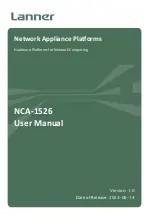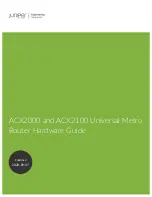
Operating Manual
U42093-J-Z716-1-74
Glossary
Clusters
Two or more computers sharing the same resources on a communication
link.
Device
See FC Device or SCSI Device.
Differential
An electrical signal configuration using a pair of lines for data transfer. The
advantage of differential compared to single-ended configuration is a relative
high tolerance for common-mode noise and crosstalk when used with
twisted pair cables.
Domain
A FC term describing the most significant byte in the N_Port Identifier for the
FC device. It is not used in the FC-SCSI hardware path ID. It is required to
be the same for all SCSI targets logically connected to a FC adapter.
Exchange
A FC term for the basic mechanism used for managing an operation. An
exchange identifies information transfers consisting of one or more related
nonconcurrent sequences that may flow in the same or opposite directions,
but always in half duplex mode. An exchange is identified by an OX_ID and
an RX_ID.
Fabric
A FC term describing a switched topology, which is one of the three existing
FC topologies. Fabric elements interconnect various N_Ports or NL_Ports
and are responsible for frame routing.
Fast/Wide SCSI
”Fast” and ”Wide” are relative terms in comparing previous SCSI standards
and products. ”Fast,” as defined in SCSI-2, refers to a maximum
synchronous transfer rate of 10 MHz. ”Wide” refers to a data path of 16 bits.
Fault LED
During power up and self test, the PSFR-CP41 Fault LED comes on. After
self test, if this LED remains on or comes on, the PSFR-CP41 has a problem
with one of its components. During normal operation, this LED should be off.
When the PSFR-CP41 is offline, this LED blinks.












































